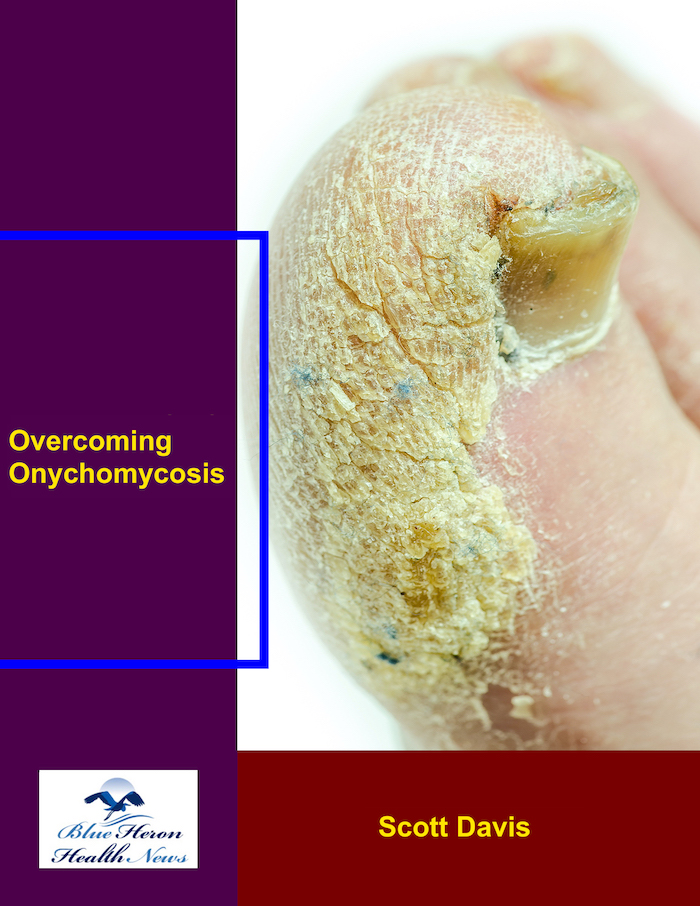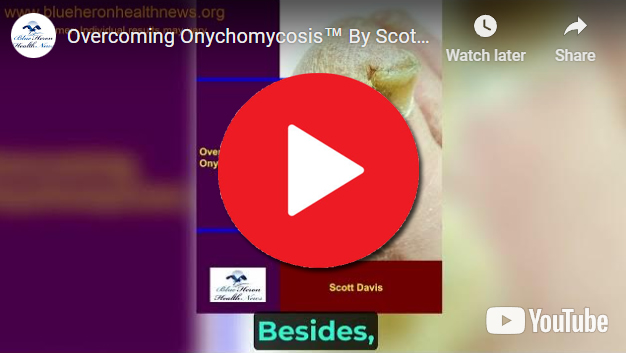
Overcoming Onychomycosis™ By Scott Davis If you want a natural and proven solution for onychomycosis, you should not look beyond Overcoming Onychomycosis. It is easy to follow and safe as well. You will not have to take drugs and chemicals. Yes, you will have to choose healthy foods to treat your nail fungus. You can notice the difference within a few days. Gradually, your nails will look and feel different. Also, you will not experience the same condition again!
What are the different types of onychomycosis?
Onychomycosis, a fungal infection of the nails, can be classified into several types based on the specific area of the nail involved and the pattern of infection. The most common types are:
1. Distal Subungual Onychomycosis (DSO)
- Description: This is the most common form of onychomycosis, accounting for about 90% of cases. It typically starts at the distal edge of the nail (the part farthest from the cuticle) and spreads towards the cuticle.
- Appearance: The nail becomes thickened, discolored (often yellow or brown), and may appear brittle. The infection affects the nail bed and the underside of the nail plate.
- Causative Organism: The most common pathogen responsible for DSO is Trichophyton rubrum, a type of dermatophyte fungus.
2. White Superficial Onychomycosis (WSO)
- Description: WSO is less common and involves a superficial infection of the nail plate, rather than the nail bed.
- Appearance: The infection presents as white, chalky spots or patches on the surface of the nail. The spots can spread and cover the entire nail, making it rough and crumbly.
- Causative Organism: WSO is typically caused by Trichophyton mentagrophytes, another type of dermatophyte. Unlike other forms of onychomycosis, WSO primarily affects the surface of the nail.
3. Proximal Subungual Onychomycosis (PSO)
- Description: PSO is a less common form of onychomycosis and usually indicates an underlying immune system problem. The infection starts at the proximal nail fold (closest to the cuticle) and spreads outward.
- Appearance: The base of the nail becomes discolored (white, yellow, or brown), and the infection spreads towards the nail edge. The nail plate may become thickened and detached from the nail bed.
- Causative Organism: Like DSO, Trichophyton rubrum is often responsible for PSO. However, its occurrence can be a marker of conditions such as HIV, where the immune system is compromised.
4. Endonyx Onychomycosis
- Description: In this rare form of onychomycosis, the fungus invades the nail plate directly without affecting the nail bed or the skin around the nail.
- Appearance: The nail may become discolored and brittle but does not thicken or lift away from the nail bed (no subungual hyperkeratosis).
- Causative Organism: Endonyx onychomycosis is often caused by Trichophyton soudanense or Trichophyton violaceum.
5. Candidal Onychomycosis
- Description: This type of onychomycosis is caused by Candida species, particularly Candida albicans. It is more common in people who frequently expose their hands to water or who have chronic paronychia (inflammation of the tissue surrounding the nail).
- Appearance: The infection typically starts at the cuticle, leading to inflammation, swelling, and separation of the nail from the nail bed (onycholysis). The nail may become discolored (yellow, brown, or white), thickened, and brittle.
- Causative Organism: Candidal onychomycosis is usually caused by Candida albicans, a yeast rather than a dermatophyte. It often affects fingernails more than toenails.
6. Total Dystrophic Onychomycosis
- Description: This is the most severe form of onychomycosis and usually represents the end stage of any of the other types of onychomycosis if left untreated.
- Appearance: The nail is completely destroyed, becoming thickened, crumbly, and discolored. The nail may be lost entirely.
- Causative Organism: Total dystrophic onychomycosis can be caused by dermatophytes, non-dermatophyte molds, or Candida species.
7. Mixed-Type Onychomycosis
- Description: In some cases, onychomycosis can present with characteristics of more than one type, such as a combination of distal subungual and white superficial onychomycosis.
- Appearance: The nail may show symptoms associated with multiple types of onychomycosis, leading to mixed clinical features.
8. Non-Dermatophyte Mold Onychomycosis
- Description: This type of onychomycosis is caused by non-dermatophyte molds, which are less common than dermatophyte-caused infections.
- Appearance: The clinical presentation can vary, but it often resembles distal subungual onychomycosis or white superficial onychomycosis.
- Causative Organisms: Common non-dermatophyte molds include Scopulariopsis brevicaulis, Aspergillus species, and Fusarium species.
Summary
The type of onychomycosis can influence treatment decisions, as certain types may respond better to specific therapies. Accurate diagnosis, often involving laboratory testing such as fungal culture or nail biopsy, is crucial for determining the type of onychomycosis and guiding effective treatment

Overcoming Onychomycosis™ By Scott Davis If you want a natural and proven solution for onychomycosis, you should not look beyond Overcoming Onychomycosis. It is easy to follow and safe as well. You will not have to take drugs and chemicals. Yes, you will have to choose healthy foods to treat your nail fungus. You can notice the difference within a few days. Gradually, your nails will look and feel different. Also, you will not experience the same condition again!